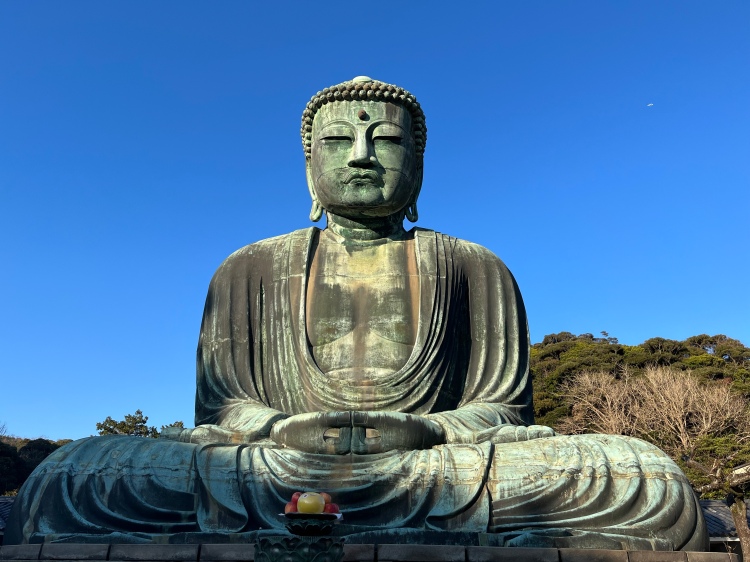
Recently, I was watching an excellent video by Extra History on the history of Buddhism, and I was happy to see that they used the term “the Buddha”, not just “Buddha”. This might not seem like a big deal, but it helps to know the difference.
The word Buddha comes from Sanskrit, and means “an Awakened One”, someone who has accomplished Enlightenment and is fully unbound (e.g. Nirvana).
In any case, “Buddha” is a title, not a name. A person who accomplishes Enlightenment is a Buddha.
Further, in Buddhism, it is thought there is not just one Buddha, but many Buddhas.
Buddhism thinks in terms of very long time, as in countless eons that span a near infinite flow of time. Within that time, when ignorance prevails, a Buddha arises. It works like a cycle.
Think of the teachings (a.k.a. the Dharma) of Buddhism, as something like the laws of physics. The laws of physics pervade the Universe, whether anyone notices or not. Along comes someone like Newton who observes them, articulates them, and teachers others. In the same way, a Buddha is one who discovers the Dharma, articulates it and teachers others. After that Buddha passes away, eventually the Dharma is forgotten again, and in time a new Buddha arises to repeat the cycle.
Thus, the historical Buddha, the one who founded Buddhism as an organized religion around 5th century BCE, is thought to one of a long line of Buddhas that span those countless eons. He is one Buddha of many. And since he was born from the ancient Shakya clan in northern India, he is called Shakyamuni Buddha, or “the Buddha from the Shakya clan”. His birth name was Siddhartha Gautama (sometimes Gotama), but his title in Buddhism is Shakyamuni Buddha.
And now you know….
P.S. More on buddhas, buddhas and buddhas.
Discover more from Gleanings in Buddha-Fields
Subscribe to get the latest posts sent to your email.